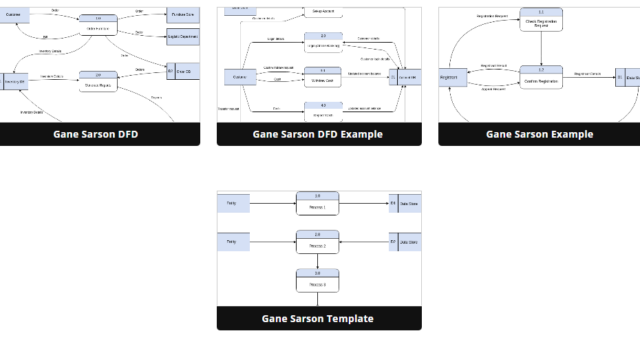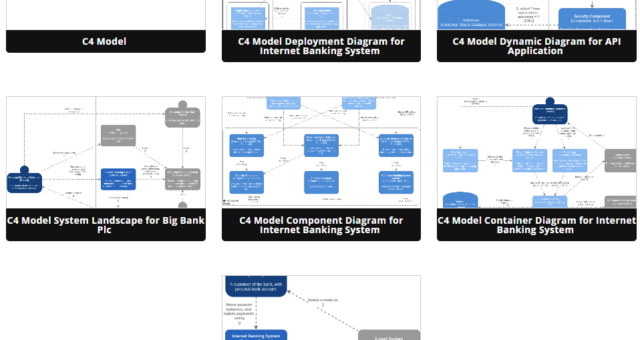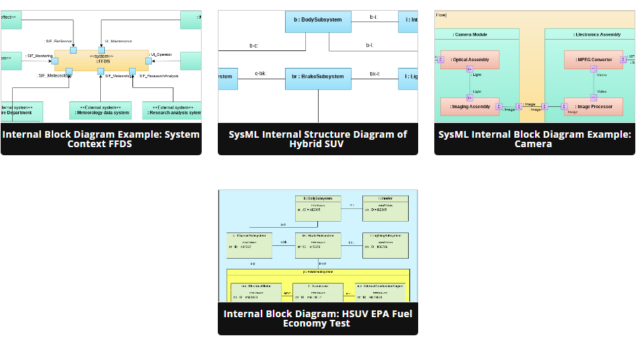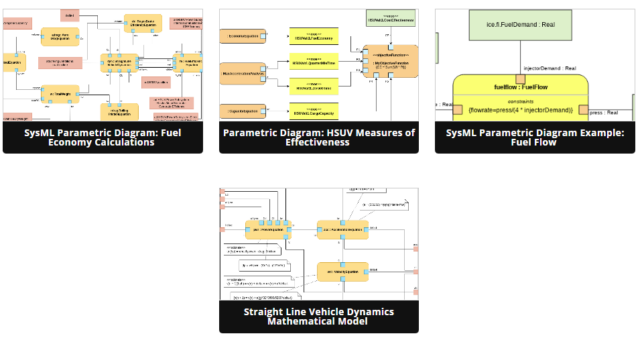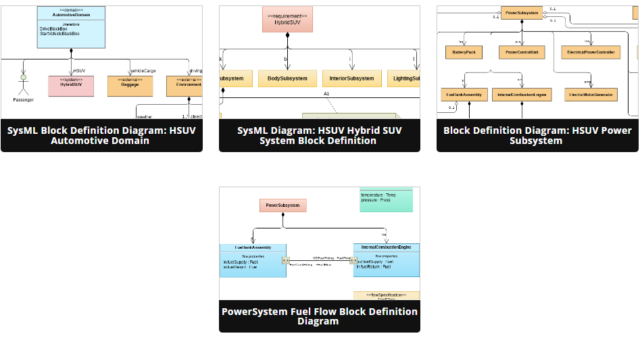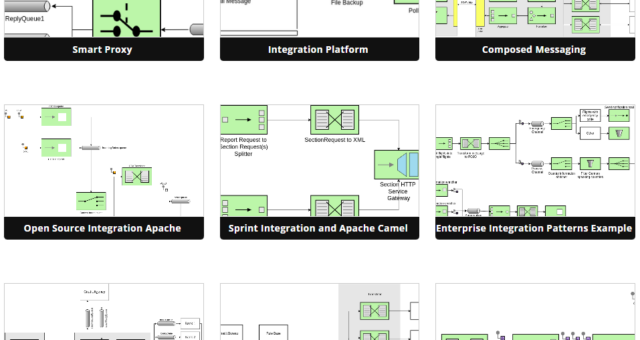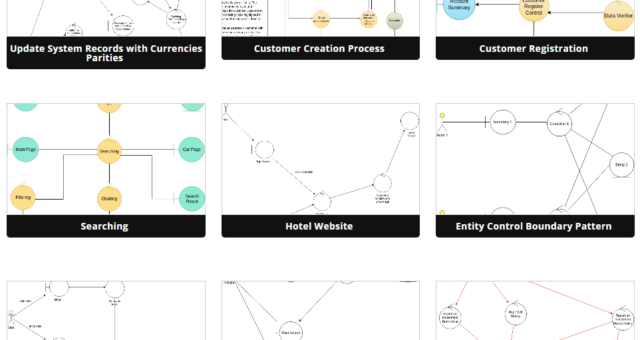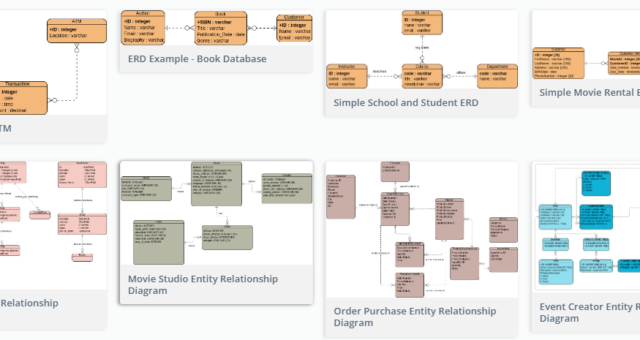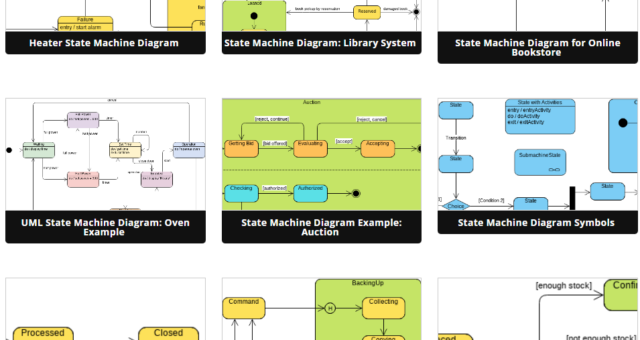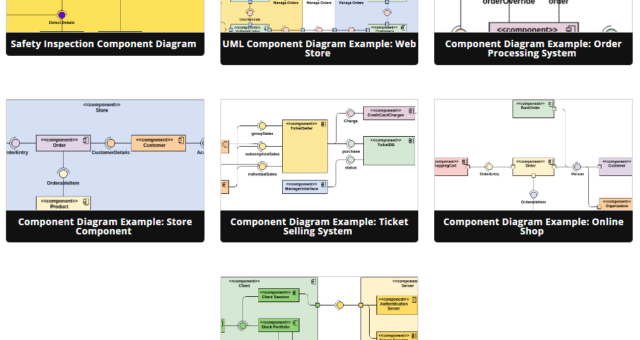Beginner’s Guide to Gane-Sarson Data Flow Diagrams
Introduction Data flow diagrams (DFDs) are a powerful tool for visualizing and understanding how data moves within a business information system. They help analysts and designers to model processes, data stores, data flows, and external entities in a clear and structured way. Gane-Sarson notation, introduced by Chris Gane and Trish Sarson, is a widely used notation for creating data flow diagrams. In this beginner's guide, we'll introduce you to the basics of Gane-Sarson DFDs and show you how to learn by examples using the extensive collection of templates available in Visual Paradigm Online.…continue reading →

